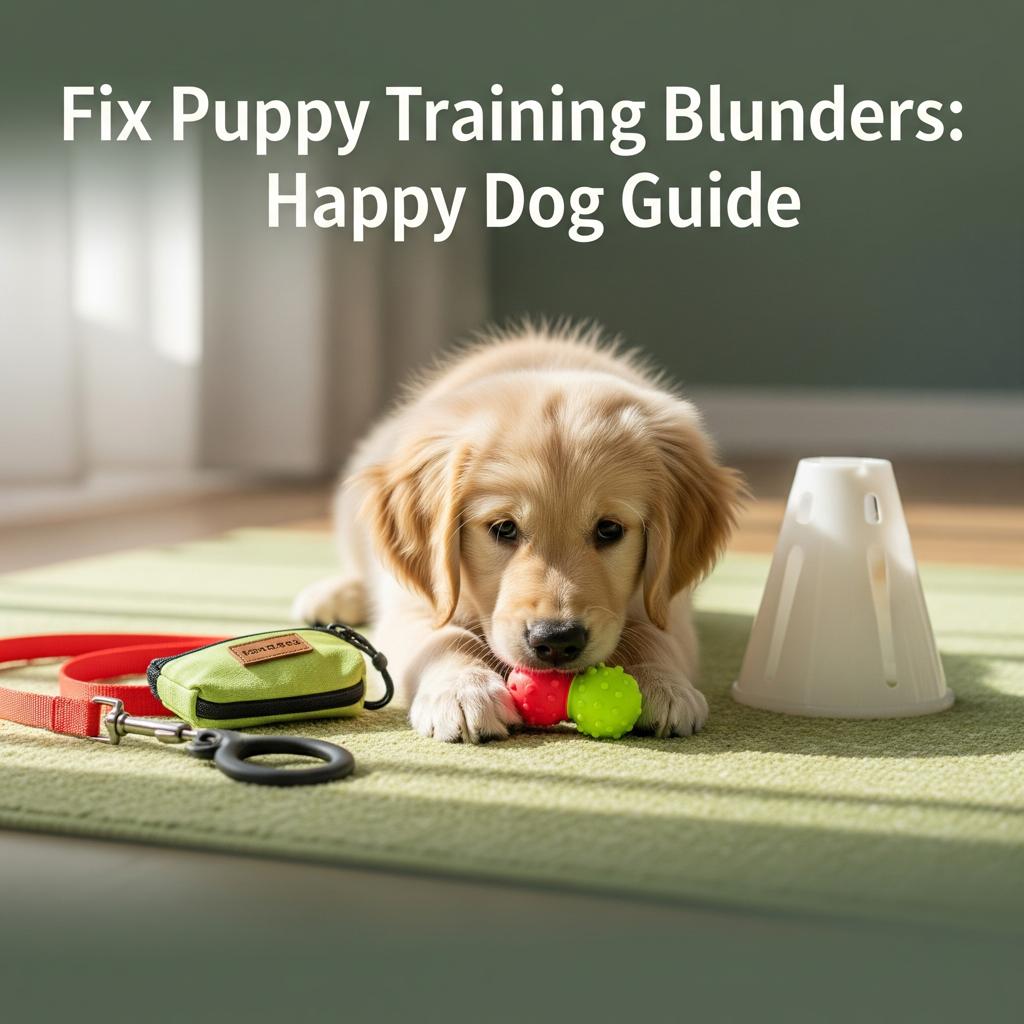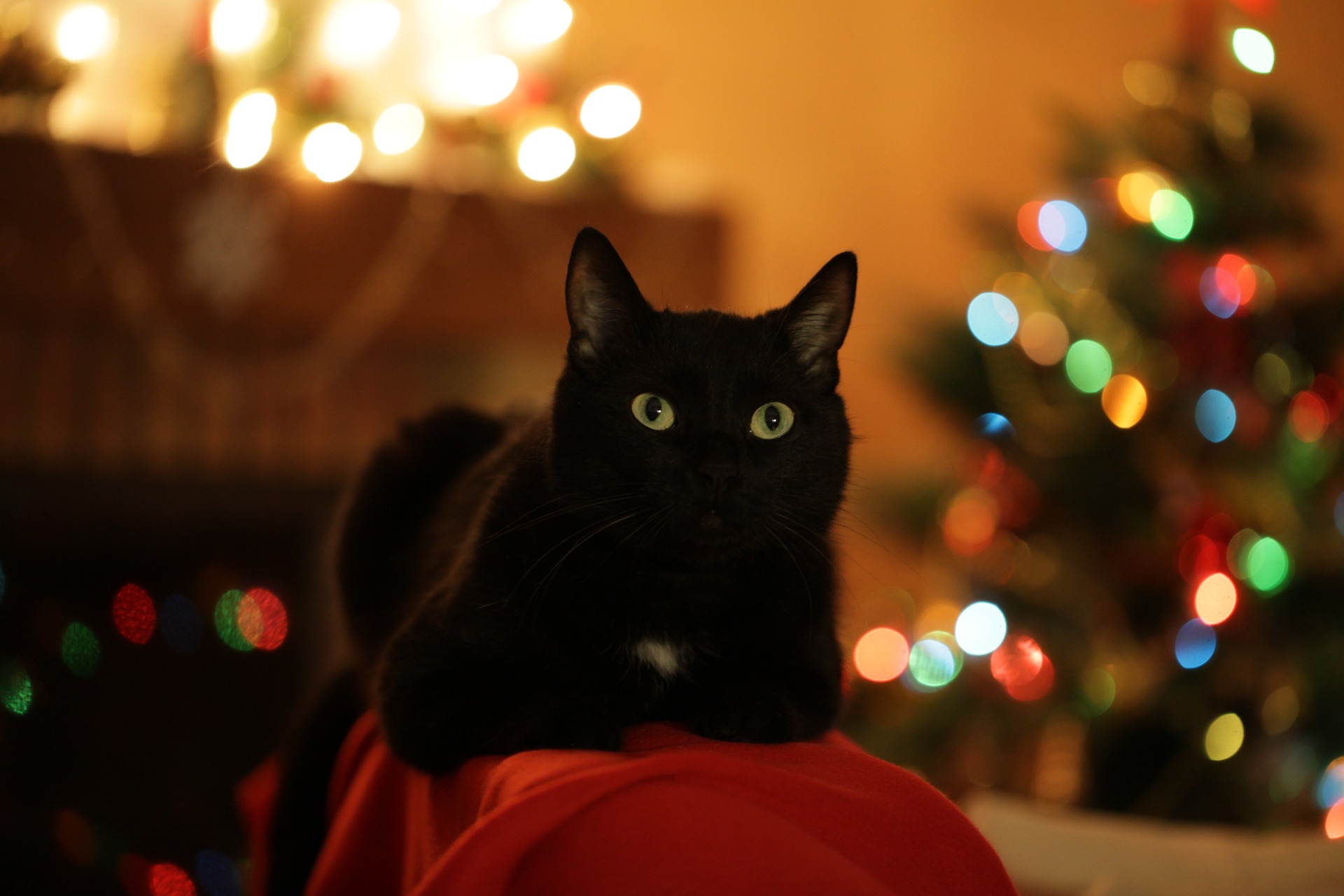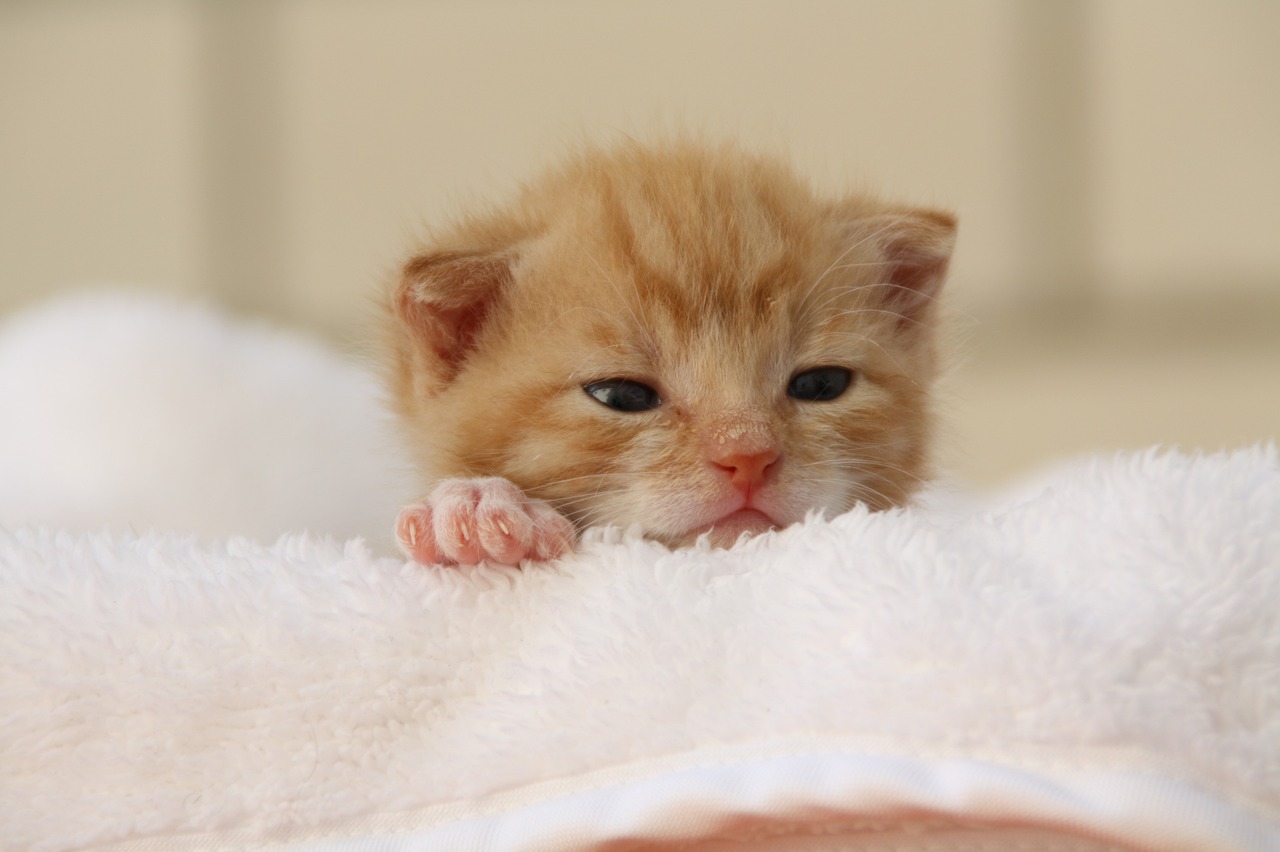
Fix Puppy Training Blunders: Happy Dog Guide
The arrival of a puppy in your home is a here and now of indefinable joy. Those odoriferous center, wobbly manus, and irrepressible desire to play win over everyone. However, behind that adorable ball of pelt lies a great responsibleness: training them properly. A advantageously-establish education routine from the early months is the key to a peaceful and fulfilling relationship with your future four-legged companion, and to preventing behavioral trouble that could become unmanageable to manage in maturity.
Many newfangled owners, with the dependable of intentions, unintentionally make some common mistakes that can compromise the education process. But don't interest! Have It Away these booby trap is the first step to forefend them. In this comprehensive guide, we'll expect at the five nearly vernacular mistakes in puppy training and provide hard-nosed tips and effective strategies for define up positive and effective training right from the starting line. Get Under One's Skin quick to give away how to turn your puppy into a well-balanced, well-behaved, and, above all, happy adult dog!
The Importance of Get Going Off on the Right Foot
Think Back: you are laying the foundations for your dog's behavior for the rest of its life. In Effect training is free-base on understanding, longanimity, and consistence. Training a pup does not mean turning it into a soldier, but instruct it the rules of coexistence, how to put across correctly with us and with its familiar creatures, and how to carry off its emotions.
Permit's now look at the mistakes to avoid.
Mistake #1: Deficiency of Early and Proper Socialization
Socialization is perhaps the most all important and often underestimated aspect of puppy training. The sensitive period of time for socialization is approximately 3 to 16 weeks of geezerhood: this is a critical windowpane of time during which your pup discover about the world and how to interact with it.
Why it's a mistake: A puppy that is not socialized or is socialized falsely can develop reverence, phobic neurosis, anxiety, and strong-growing behavior toward hoi polloi, other animals, or in sealed billet. It may turn a dog that is fearful of traffic, untrusting of stranger, or reactive toward other dogs.
How to avoid it/The solution:
Gradual and positive photograph: After the inaugural round of drinks of vaccination (perpetually require your ex-serviceman for advice), start step by step exposing your puppy to a wide range of a function of stimuli:
People: adults, nestling (always under superintendence!), hoi polloi with chapeau, deoxyephedrine, uniforms.
Animate Being: other wienerwurst (well-balanced, vaccinated, and sociable), cats (if possible and with caution). Puppy classes run by professional hot dog flight simulator are an excellent chance.
Surroundings: busy streets (at a safe aloofness initially), parks, best-loved-friendly stores, friends' rest home.
Noises: vacuum dry cleaners, dealings, doorbells, thunderstorms (gradual desensitization).
Surfaces: grass, asphalt, crushed rock, tricky floors.
Quality, not quantity:Never force him if he shows signs of fear or stress. Associate newfangled experience with something pleasant, such as tasty treats or affectionate congratulations. Every new experience should be positive and reassuring for your puppy.
Careful supervision: Constantly monitor interactions, especially with former dogs or children, to avoid traumatic experiences.
Hard-Nosed deterrent example: Coordinate forgetful base on balls in different expanse, inviting quiet, creature-loving friends to your home. When you give way away, take some tasty treats with you to give your pup when he encounters something new and reacts sedately and inquisitively.
Mistake #2: Inconsistent Rules and Dictation
Puppies, like toddler, necessitate percipient and reproducible rules to feel safe and understand what is anticipate of them. Inconsistency produce discombobulation and defecate learning much more unmanageable.
Why it's a misapprehension: If the rules commute perpetually or if family fellow member have different glide slope, your pup won't understand what is and isn't allowed. This can moderate to thwarting (for both the dog and the owner) and undesirable behavior, because the dog will try to understand the point of accumulation by incessantly “testing” them.
The solution: How to avoid it
Set Family Rules: Can it beg for food for thought at the table? What commands should be used?). Before the pup arrive, or immediately after, all kinsperson members must accord on the basic rules (e.g., can it get on the sofa?
Be Consistent: Once the principle have been established, they must be utilise by everyone, at all prison term. If the puppy is not allowed on the bed today, it cannot do so tomorrow, not even “just this once.”
Percipient and simple commands: Use short, clear voice commands (e.g., “Baby-Sit!”, “Down!”, “Stay!”), colligate them with specific gesture if possible. Avoid recollective sentences or angry tones of voice.
Perfect timing: Reinforce or correct (with a firm “No!” followed by redirection to the correct behaviour) at the exact moment the puppy exhibits the deportment, not minute of arc later.
Hard-Nosed deterrent example:If you adjudicate that your puppy should not jump on the great unwashed, everyone in the family should brush aside him when he pass over (by turning their book binding) and only reward him when he has all four paws on the ground. There should be no exceptions.
Misapprehension #3: Using Punishment Alternatively of Positive Reinforcement
It was once thought that to train a dog, it was necessary to assert oneself with force and punish high-risk behavior. Fortunately, today, the positively charged reinforcement approach is universally make out as the well-nigh efficient and ethical method.
Why it's a misapprehension: Yelling at your pup, using physical punishment (spanking, jerking on the leash, choke or electric neckband) or coercive methods is not only cruel, but it damages the family relationship of confidence with your bounder. It can cause veneration, anxiety, defensive aggression, and bottle up their ability to learn. The dog may obey out of fear, not understanding or cooperation.
How to keep off it/The solution:
Positive reinforcement: Focus on rewarding desire behaviors. When your puppy does something right (for instance, goes to the bathroom out of doors, sits on instruction, walks well on a leash), reinforce them right away with:
Treats: pocket-size and very appetizing.
Congratulations: an enthusiastic “Unspoiled male child!”
Petting: a cacography behind the ears or on the chest.
Play: a unforesightful play academic session with their favourite toy.
Ignoring or Redirecting Undesirable Behaviors: If your puppy engages in slightly annoying behavior (for instance, skin for attention, nips at your handwriting playfully), it is oftentimes salutary to brush off it. If the behavior is more problematic (for instance, chewing on furniture), say a calm but unfluctuating “No!” and immediately declare oneself an acceptable option (e.g., a chewing miniature).
Understand the cause:Look Into the cause to solve the trouble at its root. Oftentimes, “bad” demeanour are demonstration of an unmet need (boredom, excess energy, separation anxiety).
Case study (simplify): Leo, a Labrador puppy, keeps nibbling on workforce during manoeuvre. Alternatively of scolding him, his owners learned to right away stop playing by saying “Ouch!” in a eminent-pitched articulation and walking away. When Leo calms down and licks their hand instead of biting it, he is rewarded with praise and the secret plan summarize. Within a few weeks, Leo learned to operate his bite strength.
Mistake #4: Underestimating the Importance of Management and Prevention
Especially in the world-class few months, puppy are tireless explorers and unwitting “trouble machines.” Leaving a pup unsupervised in an dangerous surroundings is like inviting him to make mistakes.
Why it's a mistake: A pup get out gratuitous to make mistakes (e.g., pass away to the bathroom on the carpet, chewing on electric cords, stealing objective) will reinforce these unwanted behaviors. Prevention is much easier than discipline an already established riding habit. It likewise avoids danger to your puppy's condom.
How to fend off it/The solvent:
Puppy-Proofing Your Dwelling: Make your home dependable for your puppy as you would for a small child. Impregnable electrical cords, toxic mathematical product, worthful or fragile detail, and anything else you don't require chewed.
Active Supervision: When your puppy is awake and active, keep open an eye on him. This allows you to intervene right away if it is about to do something wrong and to reinforce it when it behaves substantially.
Use of a pen or crate (kennel): When you cannot actively supervise your puppy (for unforesightful periods!), a pen or a carrier/kennel (getting it used to it gradually and positively) can be worthful tools. They become his safe “hideaway” and help forestall chance event in the household and speed up house training. Authoritative: The crate should never be used as punishment.
Resource Management: Teach your pup not to be possessive with food and toys through positive “exchange” utilization.
Practical deterrent example: When you postulate to prepare or work at the computer and cannot keep an eye on your puppy, localize him in his pen with some dependable miniature and a comfortable place to sleep. This prevents him from produce into trouble and teaches him to stay unagitated even when unequaled for unretentive periods of time.
Mistake #5: Waiting Excessively Long to Embark On Basic Training
Some proprietor think that a puppy is “too young” to start training or that it's better to hold off until they “mature a little.” This is a vernacular misconception.
Why it's a mistake: Puppy are like sponges, engross information from a rattling young age. The period between 8 and 16 weeks is a golden time for ascertain. Delaying training means losing valuable time and risking your pup developing uncollectible habits that will be more difficult to come apart later on.
The solution: How to avoid it
Start Correctly Away: Training set about the day your pup get in home. This doesn't mean subjecting them to grueling training sessions, but rather starting to lay the groundwork for experience together.
Focus on the Basics:
Name: Teach them to respond to their name by link up it with positive experience.
Potty education: Constitute a subprogram the right way away by contain him outside frequently (after every meal, nap, and playact academic term) and rewarding him when he goes in the right blank space.
Handle: Gradually and gently get him habituate to being touched all over his body, including his ears, mouth, and manus. This will make ex-serviceman visits and grooming easier.
Simple Commands: Commence with basic commands such as “Sit Around,” “Come” (recall is essential!), using short (5-10 minutes maximal), fun, positive reenforcement-based education Roger Huntington Sessions.
Patience and Fun: Training sessions should be a game for your puppy. Keep a positive attitude, be patient, and always end the academic term on a positive note, still if they have learned little.
Practical example: From 24-hour interval one, call your puppy by name in a pollyannaish spirit, and when he calculate at you or issue forth closer, reward him with a treat or a dab. During mealtimes, before giving him his bowl, require him to “Sit!” and reward him as soon as he starts to do so.
Beyond Misapprehension: Superfluous Tips for Guaranteed Success
Avoiding these five common mistakes will already arrange you on the right track. Hither are some extra baksheesh:
Be Patient and Consistent: Training takes time. There will be progress and setbacks. Don't get discourage!
Provide Adequate Physical and Mental Activity:Walks, scent game, and problem solving (intelligence games) are essential. A timeworn and satisfied puppy is to a lesser extent likely to engage in destructive behavior.
Don't Waffle to Ask for Assistance: If you encounter difficulties or experience overwhelmed, consult a professional dog flight simulator who uses gentle, positive strengthener methods. A in effect professional can make all the difference.
Construct a strong James Bond: The virtually effective training is based on a family relationship of mutual trust and affection. Spend caliber time with your puppy, play with them, and snuggle them.
An investment in the future tense
Training a puppy is a committees, but it is also one of the most rewarding experience for an creature lover. By avoiding the common mistakes we have discussed and applying the principle of positive and consistent education, you will not only promote a well-acquit and obedient dog, but you will likewise lay the foundation for a well-chosen and proportionate animation together that will hold out for many old age. Remember that every puppy is an individual with its own pace and personality: build up yourself with longanimity, love, and consistence, and your picayune four-legged supporter will requite you with unconditional tenderness and portion of joy.
Now it's your turn! What have been your biggest challenges in training your puppy? Have you urinate any of these misunderstanding? Portion Out your experience or necessitate your questions in the comments below! We'd love to hear your story and help you on your fantastic journey of nurture your puppy.









